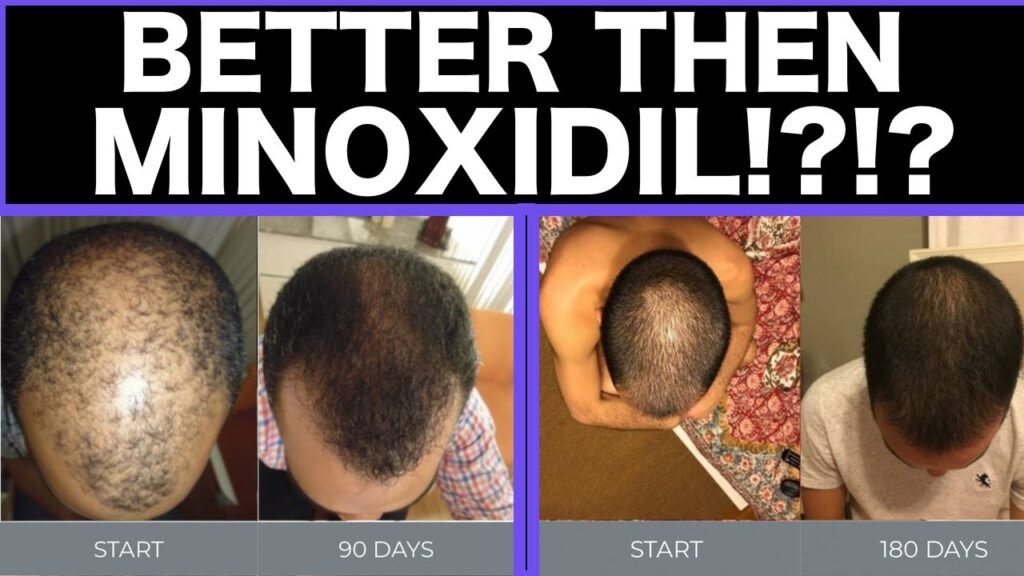What to expect from Minoxidil vs essential oils
When considering treatments for hair loss, its essential to understand the differences between Minoxidil and essential oils. Minoxidil, an FDA-approved topical treatment, is widely recognized for its effectiveness in promoting hair growth and slowing hair loss. Its typically used in a liquid or foam form and applied directly to the scalp. Users of Minoxidil can generally expect to see results within three to six months, with continued use necessary to maintain hair growth. The treatment works by improving blood flow to the hair follicles, which can help to revitalize and extend the hairs growth phase.
On the other hand, essential oils offer a more natural alternative for those seeking to address hair loss. Popular essential oils like rosemary, lavender, and peppermint are often touted for their potential to support hair health. These oils can be used individually or combined and are usually applied through scalp massages, often diluted with carrier oils. While scientific evidence supporting their effectiveness is less robust than for Minoxidil, some users report improved hair texture and reduced hair loss with consistent use over time.
Its important to note the potential side effects and expectations when choosing between Minoxidil and essential oils. Minoxidil may cause side effects such as scalp irritation, dryness, and, in some cases, unwanted facial hair growth. In contrast, essential oils are generally considered safe when used properly, though they may cause allergic reactions or irritation in sensitive individuals. Ultimately, the choice between Minoxidil and essential oils will depend on personal preferences, desired outcomes, and any underlying health considerations.


